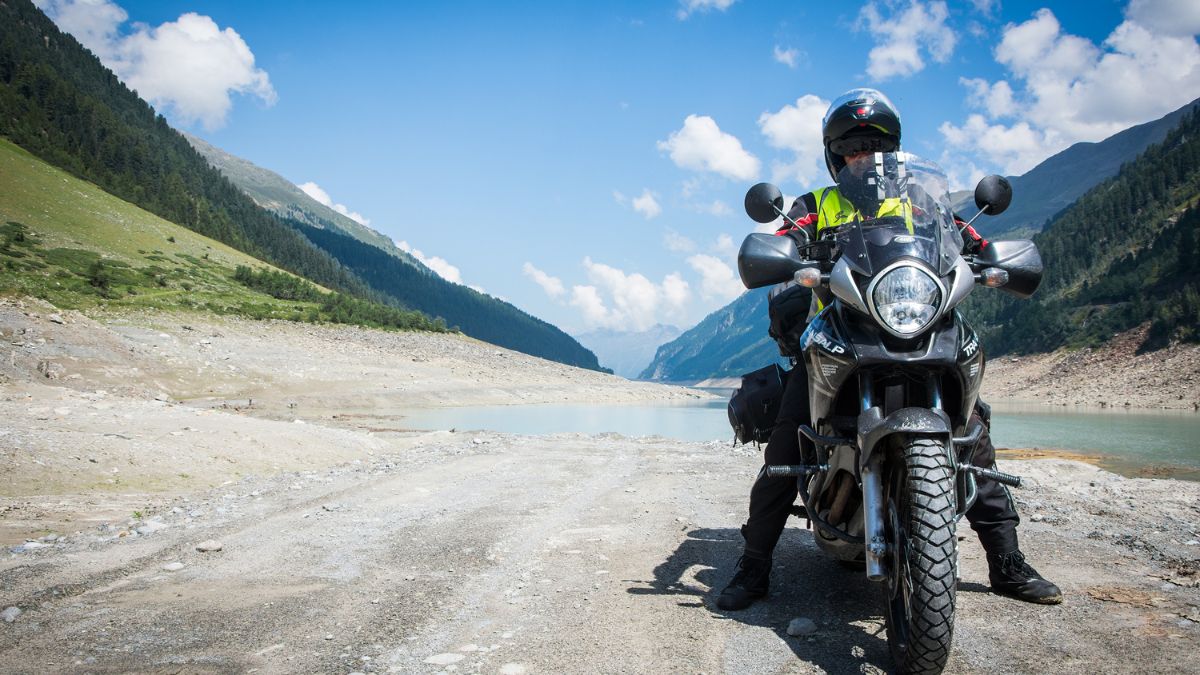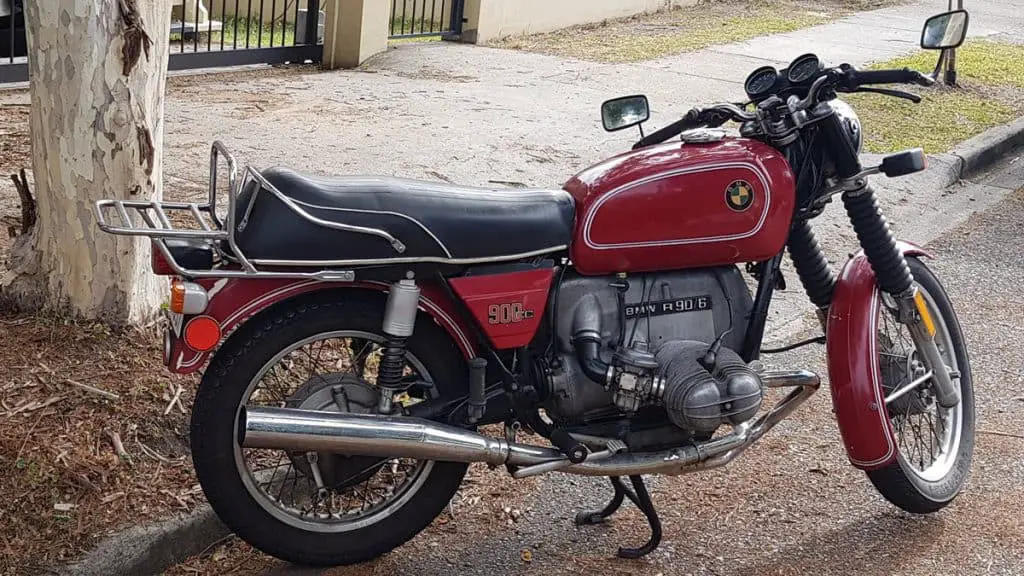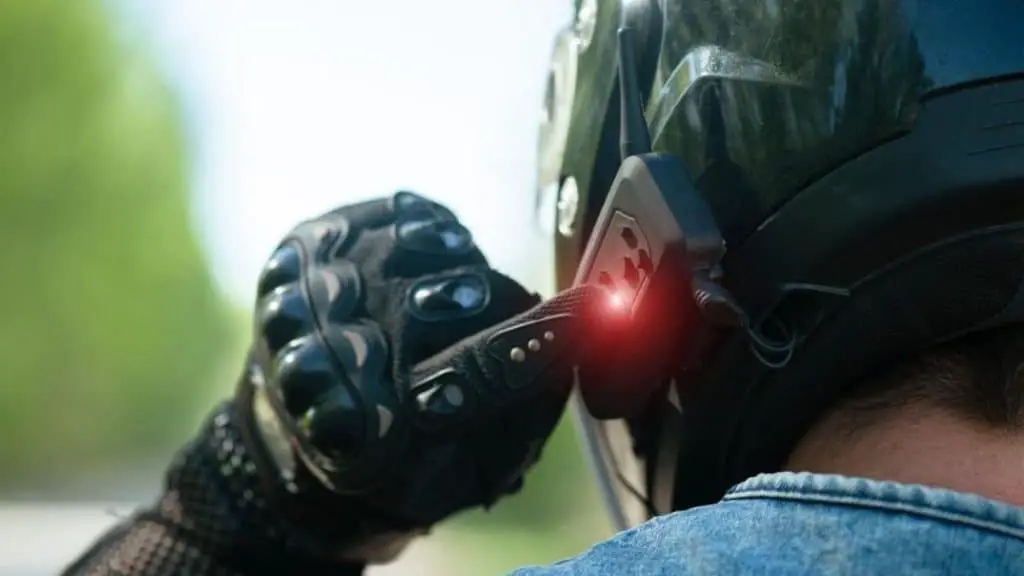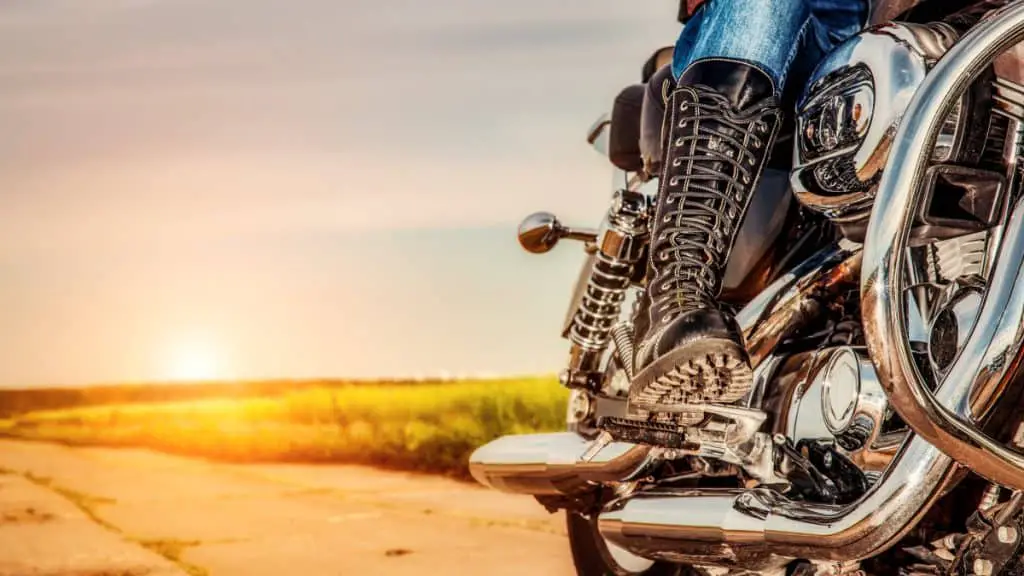Safest Motorcycle Models: 8 Options for ALL Body Styles (+ Pros & Cons)
You’ve heard the advice a million times. Motorcycle safety mainly depends not on the bike but on the rider! Take a top-class bike and equip it with all the high-tech electronic wizardry, and it can still crash due to poor riding skills or any kind of unforeseeable factors.
Still, before you put on your leathers for a long ride, you need to pick a motorcycle you won’t struggle to keep upright.
So, is there such a thing as the safest motorcycle?
I’ll let you in on a secret: most of the time, it’s not about brands. It’s about the features that suit your needs: where, how and for how long you ride, even your body type.
In this list, we will look at the safest motorcycle models not only for beginners but for more experienced riders as well. Also, we’ll dig into every motorbike category to make sure there’s something for everyone!
So the first 2 are your standard roadsters. Scroll down for 2 of each cruisers, touring, and sports bikes!
Top 8 Safest Motorcycles With Pros & Cons
1. Yamaha MT-03
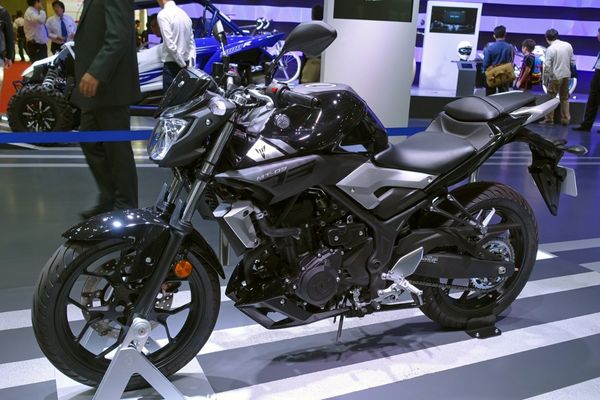
This roadster is a greenhorn-friendly guy. But it won’t harm anyone’s ego as it doesn’t look entry-level. Obviously, buyers in this segment are not looking for top-end specs or blistering performance. The 321cc two-cylinder engine is not flaming fast, but the bike delivers excellent performance overall and is quick to forgive errors.
A relatively compact size and lighter weight make maneuvering super easy. As you rack up more and more experience on the way, it won’t intimidate you. On the contrary, the handling is super easy and the chassis is quick to respond while turning.
Yamaha has also included ABS for more safety.
The firm connection to the ground makes the MT03 not just great for urban settings, but also for twists and turns on narrow mountain roads. It might not be a motorcycle groomed to perfection. But at this price, it’s hands down one of the safest motorcycles for beginners.
Pros
- A reliable and beginner-friendly motorcycle
- Asymmetrical swingarm for a planted ride
- An aggressive design
Cons
- Limited pillion comfort level
- Lacks advanced features
2. Kawasaki Z125 Pro
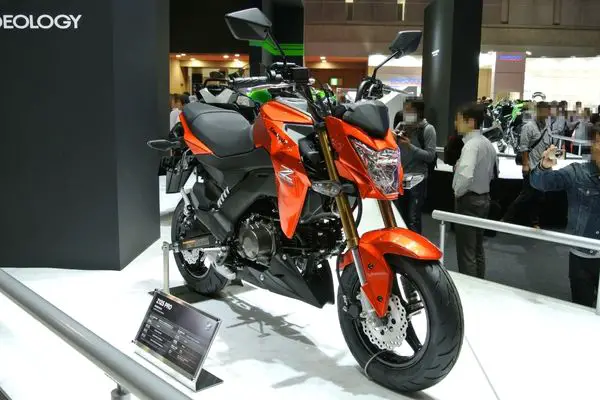
Kawasaki said that this model is designed to “conquer the city.”
And I have to admit, it does strike me as a streetfighter. Basically, it’s a utilitarian machine that’s easy to ride and will lend itself well to mastering the art of motorcycling.
First of all, the 125-cc engine is not designed with lightning speeds in mind. What it does is deliver a predictable output that will easily keep pace with city traffic.
But where the Z125 Pro really shines is suspension and braking performance! That translates to a greater overall stability and reliability. Even at higher lean angles, the motorcycle remains well-balanced. Also, the braking power is convincing enough to shower you with confidence.
But there’s one thing I’d highlight as a precious rarity that so many people tend to overlook or completely forget about.
The lightweight chassis makes it super easy to handle this bike, even at crawling speeds. And when most of your riding is done in the city, crawling speeds will make up like 50% of your riding.
Add an affordable price tag and the image is complete: this is an ultra-nimble and safe motorcycle that offers a lot of fun as an added plus. As a beginner bike and for short rides within the city, it’s a steal.
Pros
- Good build quality and reliability
- Small and light for city rides
- Low running cost
Cons
- Lacks an ABS
- Underpowered for two riders
3. Yamaha V-Star 250
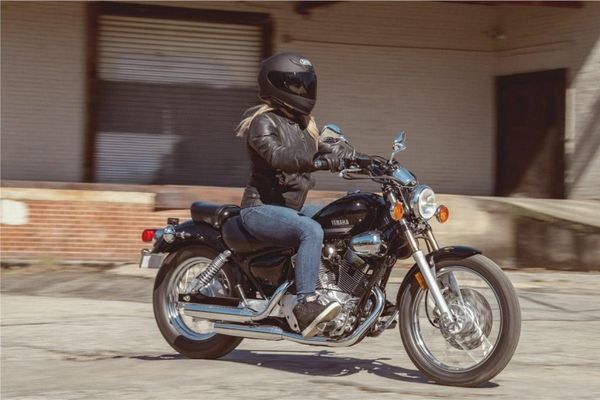
This street ride has been around for decades and many consider it a trainer bike. Indeed, its reliable performance paired with a commendable highway stability make it a safe choice for rookies.
But it doesn’t mean there isn’t a lot about this bike to please the veterans too.
One part of the equation is a smooth and predictable power delivery of the V-twin engine. The other is effortless handling that allows you to take the bike exactly where you want. These two make up a perfect marriage for any rider, no matter their needs or level of experience!
But what about comfort?
The slim old-school design and the low seat position will allow you to plant your feet easily, especially if you’re on the shorter side. A good-to-know for many female riders!
Since the acceleration is nowhere near as brutal as in some of the road monsters below, you’ll feel at ease even if you don’t exactly have superb clutch and throttle skills. The brakes come with just the right level of bite to make you feel confident.
Overall, this is a more than decent urban rider with a suspension that’s capable of soaking up the road imperfections easily.
While it lacks advanced features, the motorcycle offers ample room for error. The low-maintenance design and affordable price tag make this entry-level cruiser a great option.
Pros
- Easy to steer
- Great for smaller riders
- Stable at highway speeds
Cons
- Lacks advanced safety features
- Basic level instrumentation
4. Harley-Davidson Street Glide Special
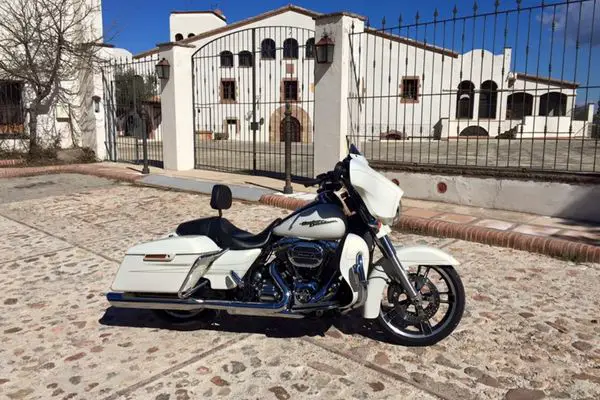
So you’re looking for a safe bike and are ready to pay for it?
When it comes to stability and consistent ride quality, Harley’s Street Glide Special pretty much takes the cake. (Well, that came as a surprise!)
Without a shred of doubt, the Milwaukee-Eight V-twin engine is a powerhouse. But it can easily cruise at comfortable speeds all day long. Add to that Reflex-linked braking and Brembo brakes that are just about the most versatile system you can get, and you’ll get a bike endowing you with a stable influx of confidence.
Now, a heavy behemoth of a bike is Harley’s middle name. And this model is no different, with little short of 800 freakin’ pounds of dry weight.
Luckily, that doesn’t mean you’ll have to wrestle with it on tight corners. The electronics include cornering ABS, cornering traction control, traction control, tire pressure monitoring and more. Bottom line, its overall stability is fantastic to say the least.
Obviously, you need the right amount of skill and confidence to handle this beast. But once you are ready for it, the Street Glide Special is one of the safest options.
Pros
- Solid road presence
- Loaded with features
- Boom Box GTS infotainment system
Cons
- The clutch is on the stiffer side
- A pricey option
5. Honda Gold Wing
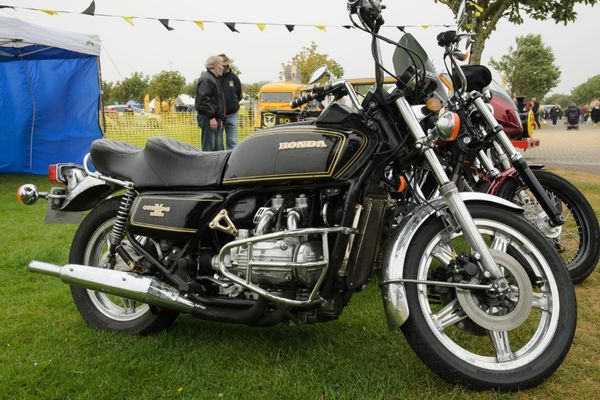
An oldie but a goodie… Does this sound familiar?
This flagship touring motorcycle has been around for decades and still remains a favorite in many a circle. If you’re after long-distance or cross-country rides, it hardly gets better than this in terms of reliability.
Even with its 800-plus-pound weight, the Gold Wing handles extremely well. Its low center of gravity makes it easy to maneuver it. One great feature is the Selectable Torque Control (HSTC) system that can adjust the torque based on rear wheel speed.
Not to forget, Honda introduced the first motorcycle airbag system on the Gold Wing back in 2006. This still remains the best safety feature in the Gold Wing. As expected, you also get ABS.
On top of that, you’ll get incredible reliability and almost indestructible durability – another thing where Honda lives up to its name. It is an expensive machine alright. But when you consider the performance, it is worth every penny.
Pros
- A legendary performer
- Top-end ergonomics and comfort
- Electronically adjustable suspension
Cons
- Not all riders were comfortable with the computer-operated Dual-Clutch transmission
- Maintenance can take time
6. Suzuki V-Strom 650XT
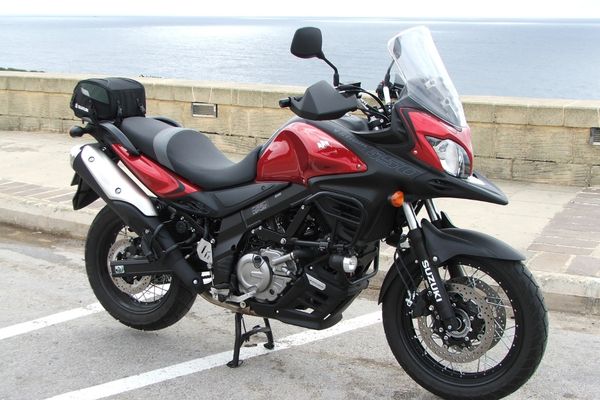
When choosing an adventure-touring bike, reliability is the most important aspect. And this is where the 650XT shines, especially for road-based rides.
The DOHC V-twin engine can soak up any number of miles you throw at it while offering good comfort. Cruising at high speeds is a stress-free experience for newbie riders. The chassis is well-designed to ensure nimble handling and the stability is great even when lean angles are sharper.
For safety, there is Suzuki’s advanced Traction Control system. What it does is monitor the wheel speeds and the engine output based on ride conditions. If that’s not enough (and it often ain’t), there’s also ABS and low-RPM assist.
At the end of the day, the V-Strom is a solid and safe workhorse and does not offer much scope for complaints. This is a bike that offers excellent value and will never make you (or your rear end) too uncomfortable.
Pros
- A super fine V-twin engine
- Superior fuel economy
- Predictable performance with great braking ability
Cons
- Not the best-looking tourer
- Lacks a cruise control
7. Kawasaki ZX-10R
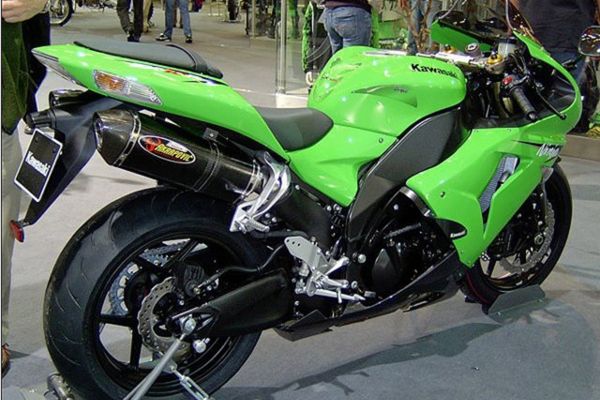
Say hello to one of the most respected superbikes out there, period.
This Ninja has been around since 2004. And, of course, it’s getting updated all the time. In the latest model, Kawasaki tweaked the chassis and suspension to beef up the stability and traction at higher speeds.
For safety, there is a six-axis IMU and an electronically controlled steering damper. Along with that, the Kawasaki intelligent brake system that prevents locks is optimized for track performance. The high-performance Brembo Brake System (remember that from the Harley above?) delivers excellent braking force along with cruise control.
In short, for anyone looking for top-end acceleration without the lack of a composed feel, this guy is a great pick. And with its proven track pedigree, the ZX-10R offers excellent value as an incredibly fast motorcycle.
Pros
- Butter-smooth engine performance
- Customizable riding modes
- Top-end electronics
Cons
- Not all riders may like the ergonomics
- Midrange power delivery is limited
8. KTM RC 390
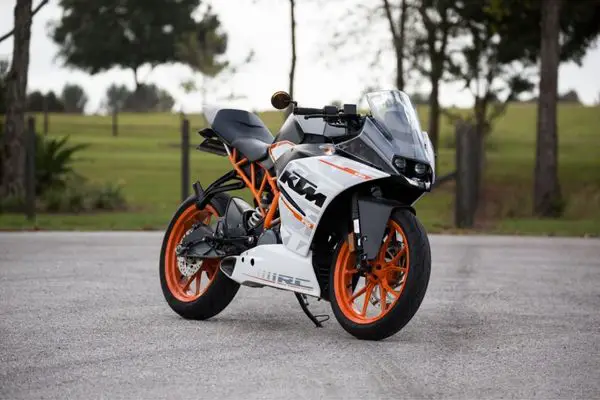
Generally, KTM is a brand that is associated with the ‘Ready to Race’ theme. But with the new RC 390, the brand has cut down on aggression. And that translates to a much better overall versatility!
Now, don’t get me wrong. It still feels brutal when pushed. But the right alterations have made it ideal for riders of all spectrums. Even though the 373-cc single-cylinder engine is not a stallion, the linear power delivery makes it a great choice for riders of all skill levels.
Considering the price, the plethora of advanced safety features that KTM has added is impressive. The RC 390 is equipped with advanced safety features like cornering ABS or IMU, ensuring maximum braking action even at higher lean angles.
Besides, KTM has also added Supermoto ABS to ensure safety during hard braking and Motorcycle Traction Control to reduce slippage.
Bottom line, the RC390 is no longer a raw beast that it once was. It is a well-rounded package with a more refined feel that makes it a better and safer sports bike.
Pros
- A race-derived chassis
- Bluetooth-equipped TFT display
- A great sports bike for budget buyers
Cons
- The suspension feels a bit stiffer
- The quick-shifter is not ideal for track days
Wrap Up
So, these are some of the safest motorcycle models for beginners as well as experienced riders. We have included choices for all body styles to help you choose.
You may ask what type of motorcycle is the safest option.
Strictly speaking, that depends on how and where you ride. Match your riding style with the performance characteristics of the motorcycle (as well as general safety tips!), before choosing a body style.
It’s down to you.

